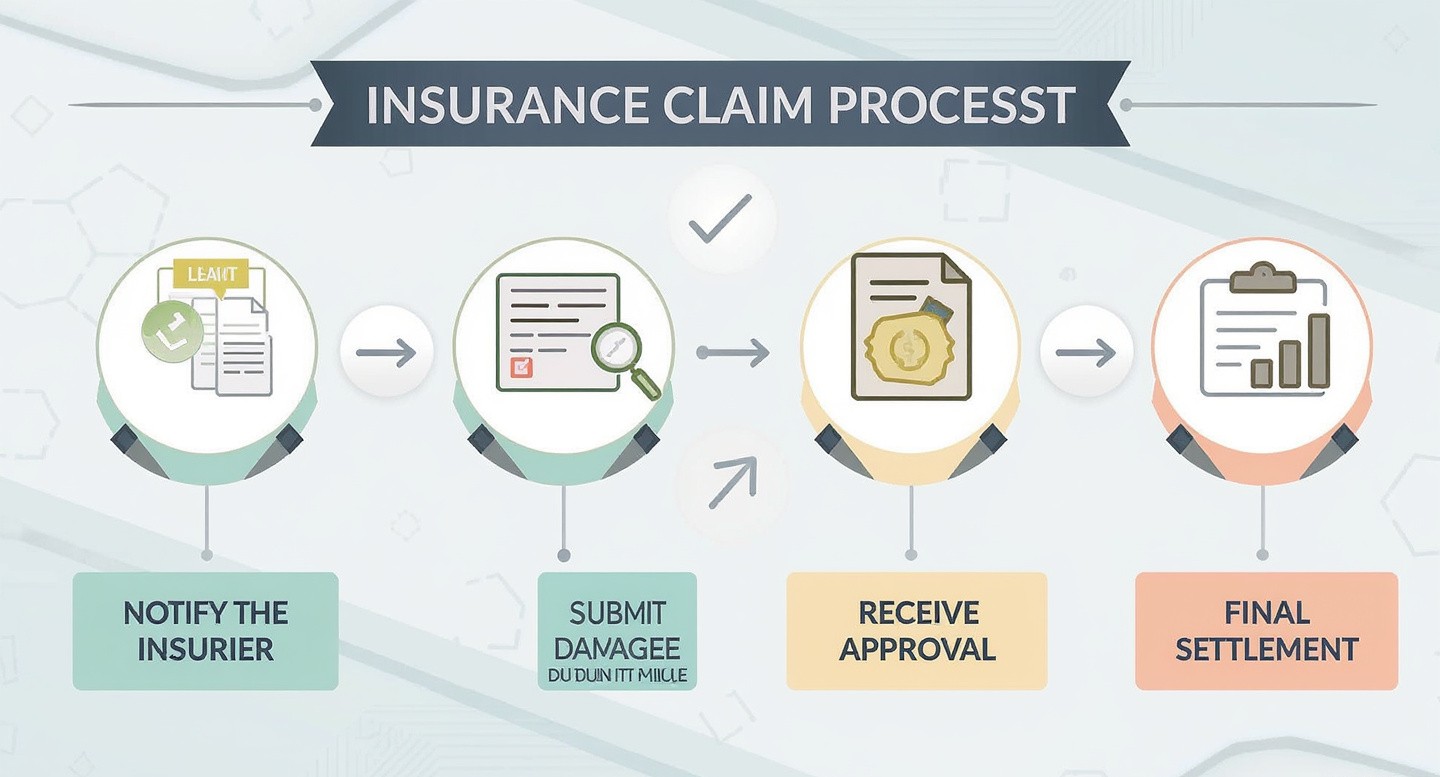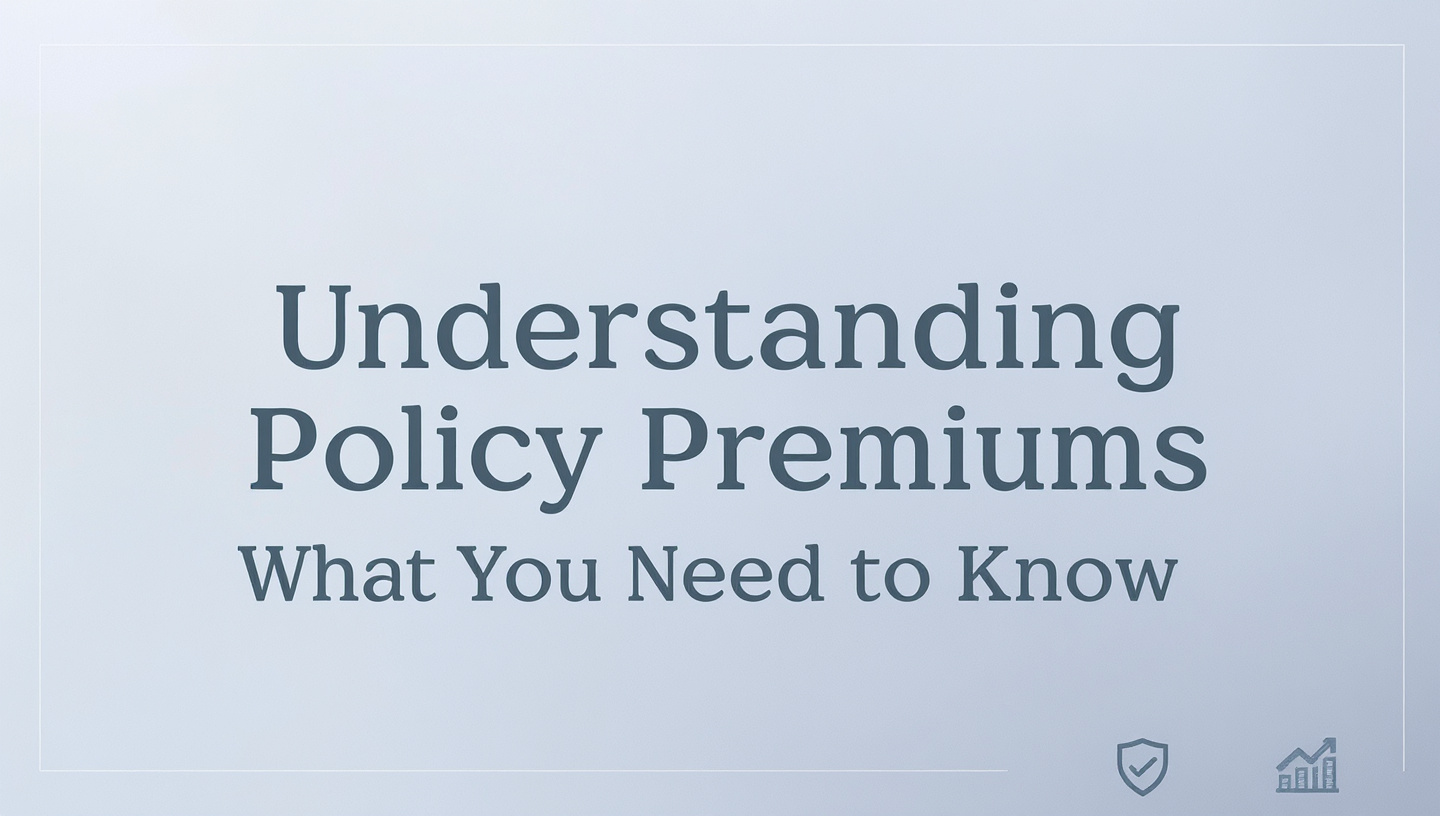How Insurance Companies Make Mone
Insurance companies are often seen as protectors they step in when things go wrong, whether it’s an accident, illness, or property loss. But have you ever wondered how these companies stay profitable while paying out millions in claims every year?
Understanding how insurance companies make money helps you see the business side of risk management and why premiums and policies are structured the way they are. Let’s take a closer look at the key ways insurance companies generate income and sustain their operations.
1. The Basic Business Model of Insurance
At its core, the insurance business is based on risk pooling. Large numbers of policyholders pay premiums into a common pool, and the company uses those funds to pay claims for the few who actually experience losses.
This system works because not everyone will file a claim at the same time. The premiums collected from many help cover the losses of a few, allowing the insurer to operate efficiently and profitably as long as the math adds up correctly.
In simple terms:
Profit = Premiums Collected – Claims Paid – Operating Costs + Investment Income
2. Underwriting Profit: The Core Source of Income
The first major source of income for insurance companies is the underwriting profit. Underwriting refers to the process of evaluating and pricing risk.
When an insurer issues a policy, it collects a premium based on the estimated likelihood of a claim. If the actual claims paid out are less than the total premiums collected (after expenses), the company earns an underwriting profit.
For example:
If an auto insurance company collects $10 million in premiums in a year and pays out $7 million in claims plus $2 million in administrative costs, it still earns $1 million in underwriting profit.
However, not all insurance companies rely solely on underwriting profit in many cases, the margins are slim or even negative. That’s where investments come in.
3. Investment Income: The Hidden Profit Engine
While underwriting brings in steady revenue, investment income is often the real profit driver for insurers. Insurance companies don’t just hold your premium money idle they invest it strategically.
They typically invest in:
- Government and corporate bonds for stable returns.
- Stocks and mutual funds for long-term growth.
- Real estate and infrastructure projects for diversification.
This approach, known as the float, allows insurers to earn interest or dividends on the funds collected before paying future claims.
For example, if a life insurance company collects premiums today but expects to pay benefits years later, it invests that money during the interim to earn additional income.
4. Risk Diversification and Reinsurance
Insurance companies also use risk diversification and reinsurance to maintain profitability.
Reinsurance is a type of insurance for insurance companies. It helps them transfer a portion of their risk to another insurer. This means if a major disaster occurs, the primary insurer doesn’t have to bear the full loss.
By spreading risk across multiple companies and markets, insurers protect themselves from large, unpredictable events and stabilize their profits.
5. Policy Lapses and Forfeitures
Another subtle way insurers make money is through policy lapses when customers stop paying premiums or let their policies expire before claiming benefits.
In such cases, the company keeps all the premiums collected up to that point without having to pay any claims. This is especially common in life and term insurance, where many policies lapse due to non-payment or policyholder decisions.
6. Fees, Charges, and Add-ons
Apart from premiums, insurers earn money from various service fees and policy charges, such as:
- Administrative or processing fees.
- Policy renewal charges.
- Penalties for late premium payments.
- Commission from selling add-on coverages or riders.
These small amounts across thousands or millions of policyholders add up significantly over time.
7. Managing Claims Efficiently
Profitability also depends on claims management. Insurers invest in technology and analytics to detect fraudulent claims, assess risks accurately, and reduce unnecessary payouts.
By minimizing fraud and improving claim accuracy, they preserve more of the premium pool for legitimate cases, which helps maintain financial health.
8. Balancing Profit with Trust
While insurance companies aim to make money, their success depends heavily on public trust. A company that consistently denies valid claims or charges unfair premiums will quickly lose customers.
That’s why most insurers are heavily regulated. Governments ensure companies maintain adequate reserves, act transparently, and treat policyholders fairly. This balance of profitability and accountability is what keeps the industry sustainable.













